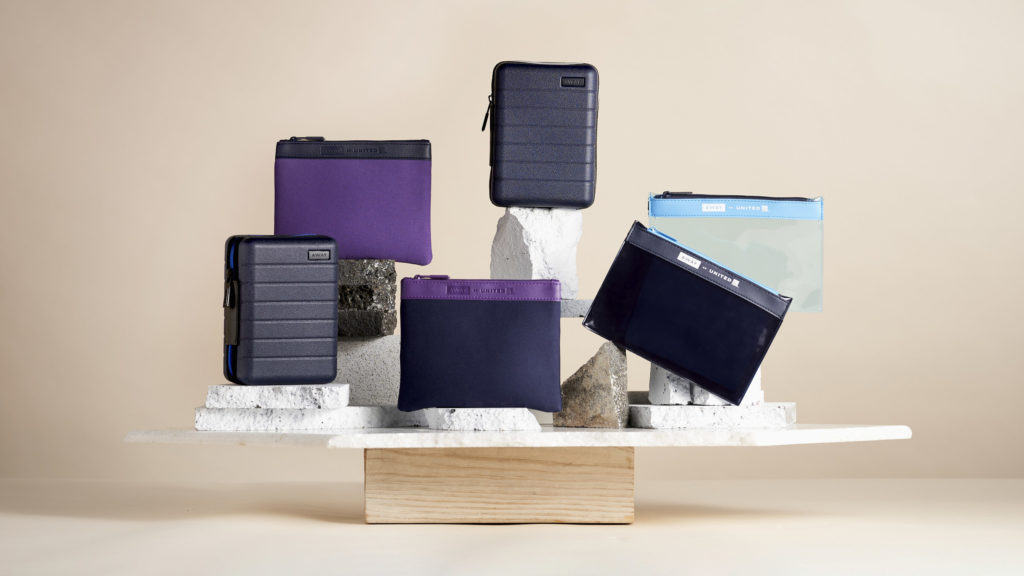United’s Boeing order signals passenger experience enhancements
Share
Earlier this week, United Airlines announced that it intends to buy up to 200 widebody aircraft from Boeing. As well as being a significant expansion of United’s long-haul fleet, the announcement was also a sign of the airline further upgrading the passenger experience.
On Tuesday December 13th, United unveiled what it said was the largest widebody order by a U.S. carrier in commercial aviation history: 100 Boeing 787 Dreamliners with options to purchase 100 more.

This purchase forms the next chapter in the United Next plan. The airline expects to take delivery of the new widebody planes between 2024 and 2032 and can choose among the 787-8, 9 or 10 models, providing flexibility to support a wide range of routes.
United also exercised options to purchase 44 Boeing 737 MAX aircraft for delivery between 2024 and 2026, and ordered 56 more MAX aircraft for delivery between 2027 and 2028.
The airline now expects to take delivery of about 700 new narrow and widebody aircraft by the end of 2032, including an average of more than two every week in 2023 and more than three every week in 2024.
United’s new aircraft will see passenger experience upgrades
At the same time, United said that it is continuing to upgrade the interiors of its existing fleet.
More than 90% of the carrier’s international widebodies now feature the United Polaris business class seat, as well as United Premium Plus seating – upgrades for the remaining aircraft will be completed by the summer of 2023.
United also will retrofit 100% of its mainline, narrow-body planes with its signature interior – about 100 aircraft are scheduled to be completed in 2023 with the remaining expected to be completed by the end of 2025.

Each United 787 features four on-board products: United Polaris business class, United Premium Plus, Economy Plus, and economy.
All 787 aircraft include larger windows, LED lighting, a lower cabin altitude setting and higher humidity, so customers feel more hydrated and better rested upon arrival.
“Our fleet of 787 aircraft brings together the best parts of the United customer experience – helpful, friendly service, terrific amenities and best-in-class technology,” said Linda Jojo, United’s EVP and Chief Customer Officer. “And customers just love our Polaris products – from our airport lounges, amenities and seat-back screens to big seats that turn into beds, luxury blankets and pillows and plenty of room for storage.”
The United Polaris business class seat offers all-aisle access, wool blend seat covers for breathability and a memory foam layer for extra comfort, as well as 16-inch high-definition touch screens and noise-reducing headphones that include free access to more than 1,000 movies, TV shows, audio playlists, podcasts, and games.
Meanwhile, all United Premium Plus seats include a six-inch recline, 13-inch seat back screens, and an amenity kit with pillow and blanket at every seat. Economy Plus and economy customers have 10-inch screens at every seat.
The seatback experience throughout the entire 787 aircraft features United’s Inflight Entertainment System (IFE) with accessibility features for people with hearing or visual disabilities. And United plans to add Bluetooth connectivity throughout new 787 aircraft so customers have the option of using their own headphones.

United Polaris customers also receive custom Saks Fifth Avenue bedding that includes a duvet, day blanket, and pillow – items like mattress pads, slippers and United’s signature cooling gel pillows are available upon request. Plus, earlier this year United debuted new amenity kits from Away that include Sunday Riley skincare products.
Lowering United’s carbon footprint
As well as offering an improved passenger experience, United’s fleet renewal program will allow the airline to reduce its carbon footprint.
According to Boeing, the 787 Dreamliner contributes up to a 25% improvement in fuel efficiency and lower carbon emissions per seat compared with the airplanes it replaces through new engines, an expanded use of lightweight composite materials, more efficient systems applications and modern aerodynamics.
Boeing has also worked to reduce the sound footprint – the distance across which disturbing noise is heard – for the 787 Dreamliners, which incorporate new technologies to ensure that no sound of 85 decibels – about the level of loud traffic heard from the side of the road – leaves the airport boundaries.


